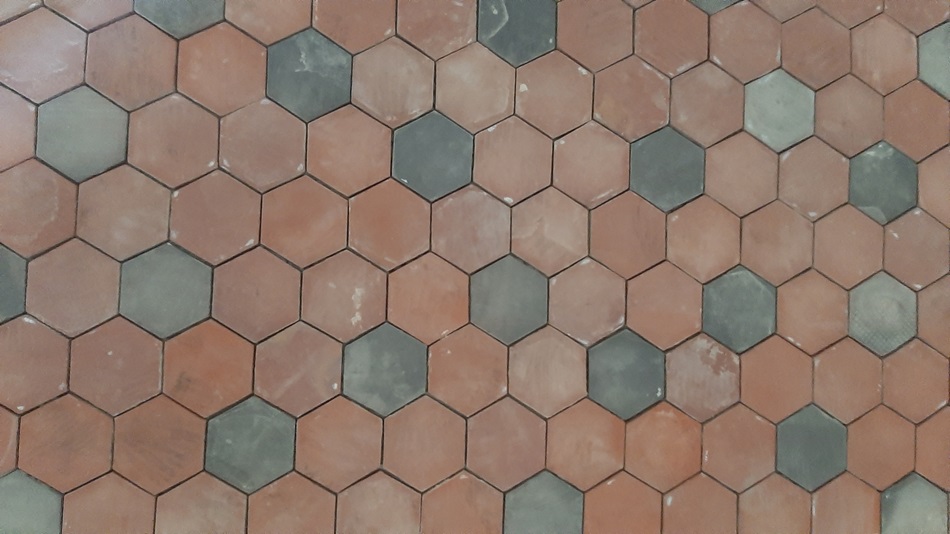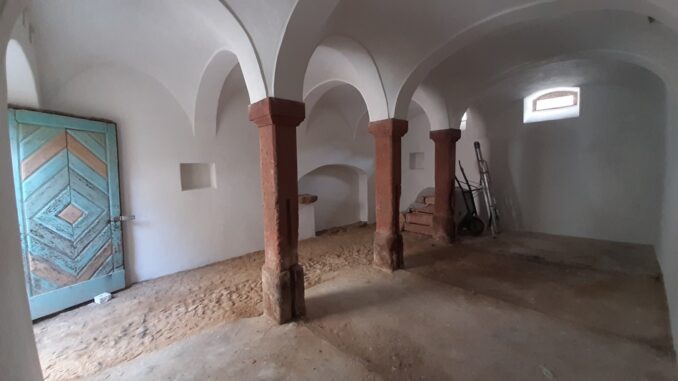
The restoration process began with a thorough examination of the existing floor to understand its original layout and design. This was crucial to ensure that the new tiles would match the style and aesthetics of the 18th-century manor.
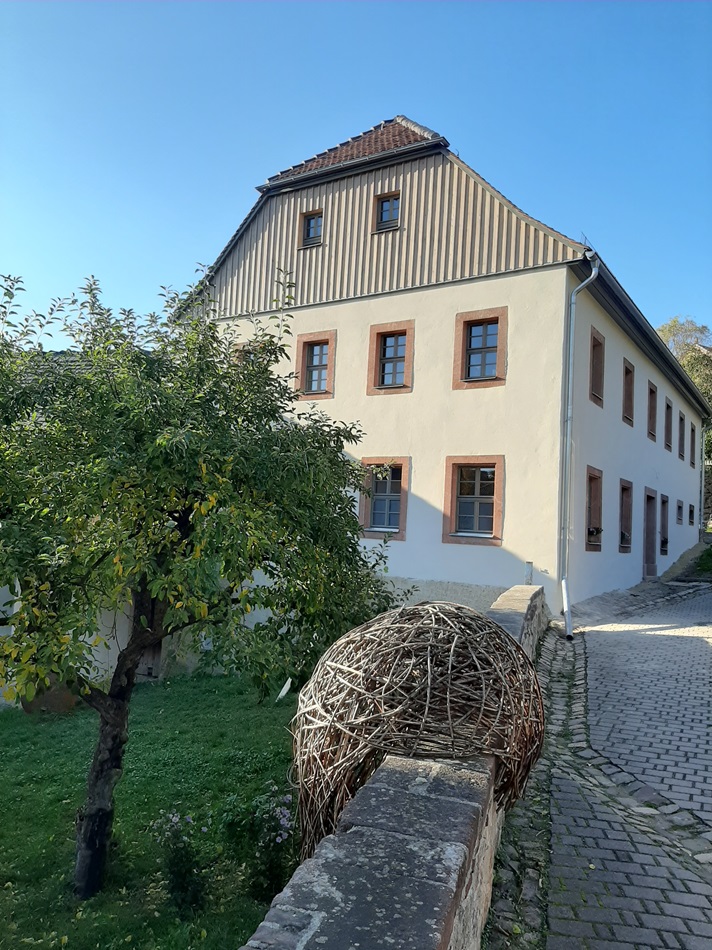
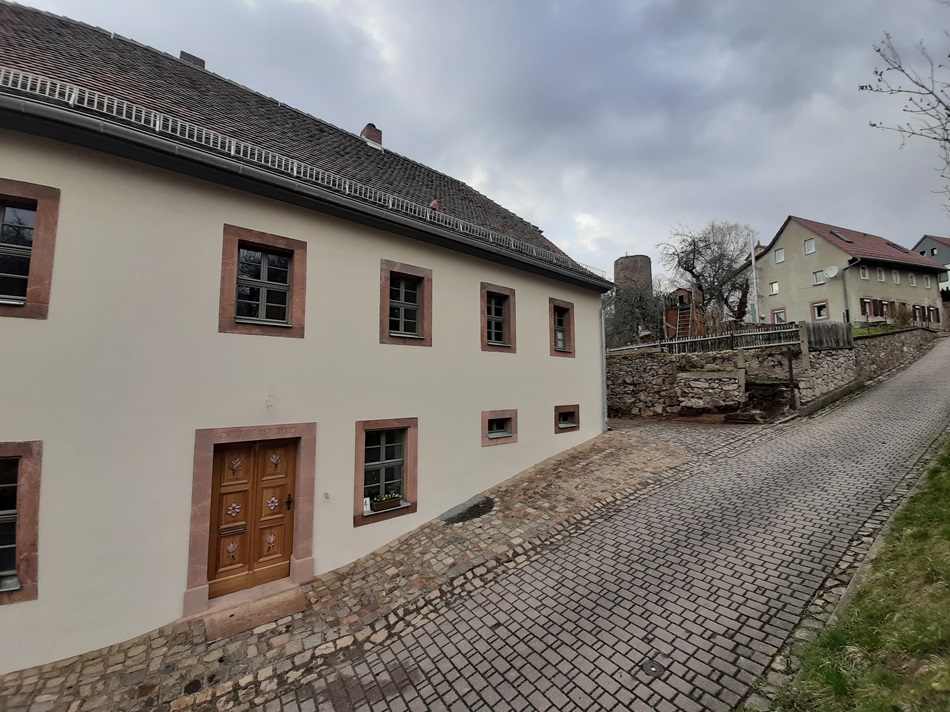
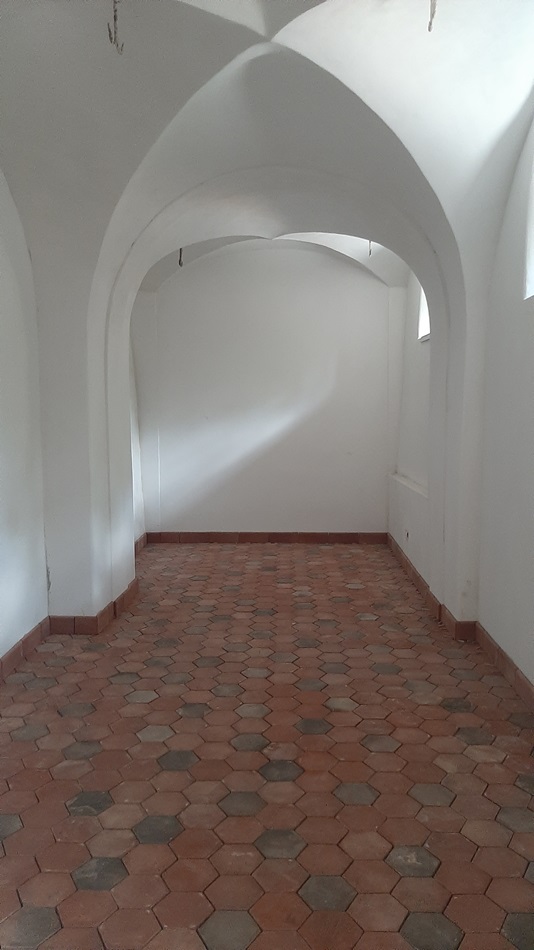
Next, the old, damaged tiles were carefully removed. This was done with great care to avoid causing any further damage to the surrounding structure. Once the old tiles were removed, the underlying floor was prepared for the installation of the new tiles. This involved cleaning and leveling the surface.
Meanwhile, the custom-made hexagonal tiles were being produced. The specifications for these tiles were based on the original tiles to ensure a perfect match. The tiles were made from high-quality clay, shaped into hexagons, dried, and then fired in a kiln. This process gave the tiles their hardness and durability.
Once the tiles were ready, they were carefully laid on the prepared floor. The hexagonal shape of the tiles allowed for a unique and intricate pattern to be created, adding to the historical charm of the manor. The tiles were then grouted and sealed to protect them from wear and tear.
The result was a beautifully restored floor that maintained the historical integrity of the 18th-century manor while providing a durable and attractive surface for modern use. The custom-made hexagonal tiles not only matched the original design but also added a touch of uniqueness to the restoration project. The successful completion of this project demonstrated the potential of using custom-made tiles in the restoration of historic buildings.
